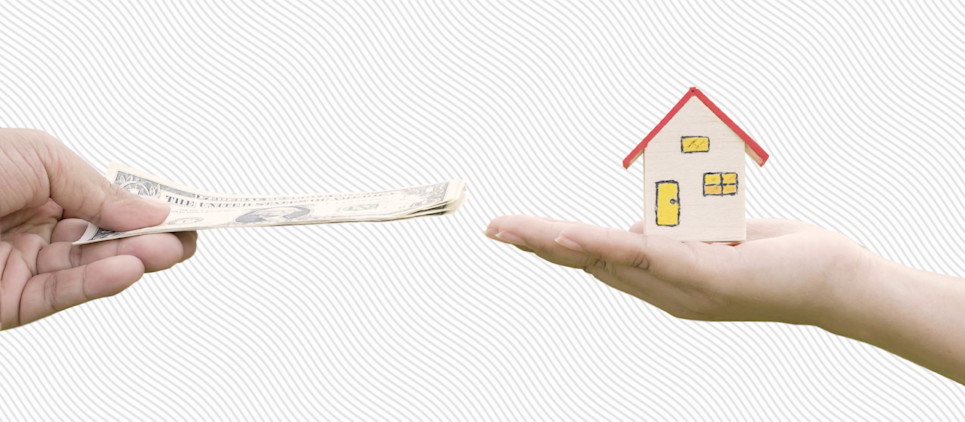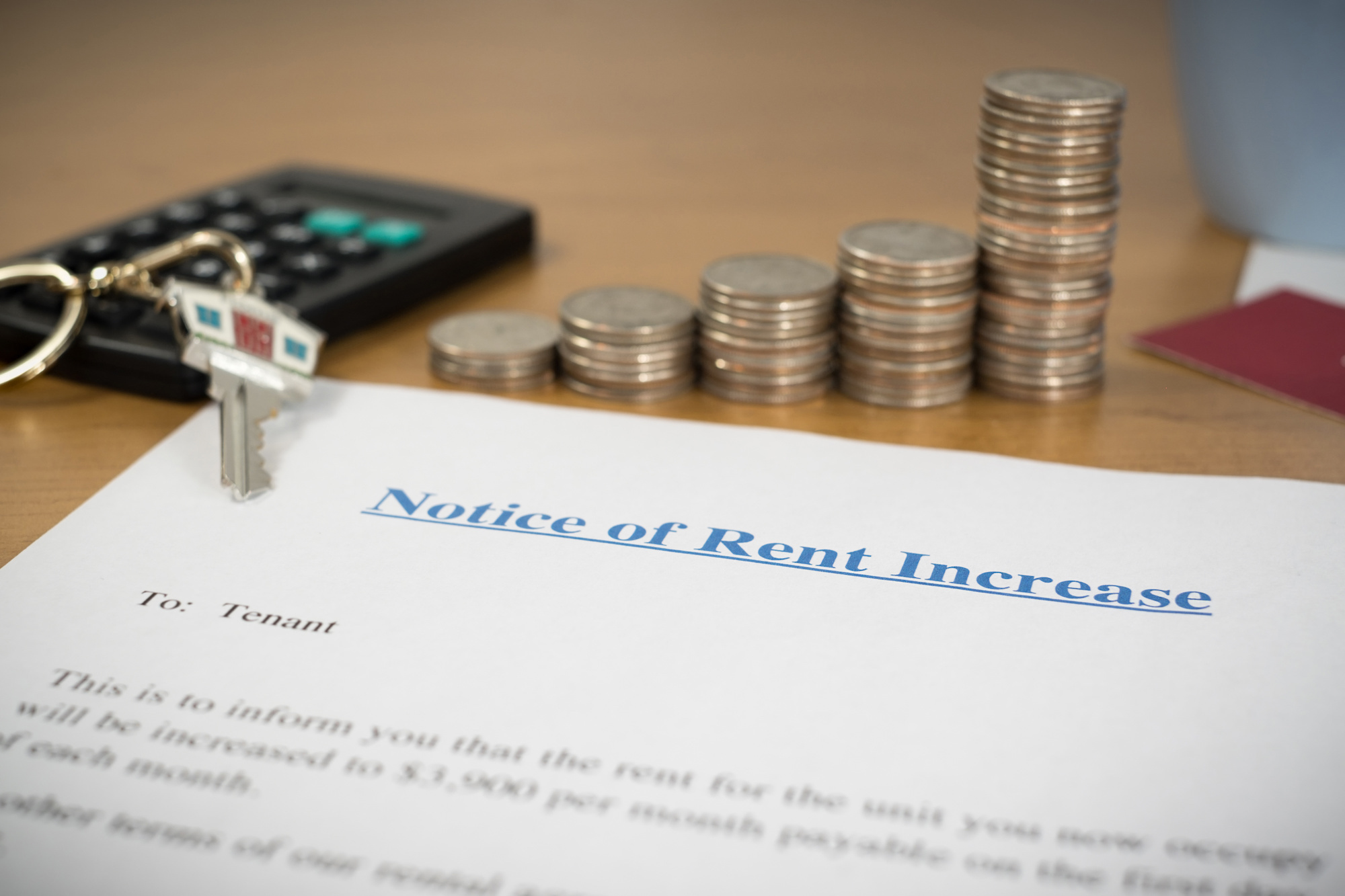Using the 1% rule in real estate
The real estate market is more complicated than any one simple real estate equation can sum up. Ultimately you’re going to want to look at a lot of different factors when it comes to deciding whether or not to invest in a property and how much rent to charge. Things like neighborhood, tenant turnover rates, cost of repairs, and your tolerance for risk should all be taken into consideration.
The 1% rule is a quick way to try and figure out if an investment property is going to provide you with the monthly cash flow you need to consider it a good investment.

Table of contents
What is the 1% rule?Pros of the 1% ruleCons of the 1% ruleOther ways to calculate monthly rentWhat is the 1% rule?
The 1% rule states that the monthly rent collected on an investment property should be equal to or greater than one percent of the purchase price. That means that you will want to charge no less than 1% of the price of purchase, and you’ll seek a monthly mortgage payment that is ideally less than—and certainly not more than—that 1% number.
For example, if you purchase a house for $150,000, multiply that number by 1% (.01 in your calculator) to get $1500. That means you’ll want to charge at least $1500 in rent per month to cover your investment.
Pros of the 1% rule
Investing in real estate requires a lot of research but using a simple calculation to quickly make decisions can save time overall. Using this rule can help you:
Determine the overall cash on cash return. For some real estate investors, this is enough to decide whether they walk away from a purchase, or decide to dig deeper into the details.
Negotiate. The 1% rule is commonly used by real estate investors in the US. That means you can always use this rule to get a general sense of how other people—like competing buyers, real estate agents, and lenders—are looking at the same investment you are. Having a clear picture of how other stakeholders are viewing a property to arm you with the information you need to make sure you’re getting a fair deal, and to negotiate accordingly.
Vet multiple properties quickly. Applying the 1% rule is a simple way to easily sort through multiple properties you’re considering. If you’re weighing a choice between more than one possible purchase, and one of them presents an obvious risk to positive cash flow, then you can probably cross that one off the list and evaluate the remaining properties.
If a property doesn’t quite meet the 1% percent rule, it doesn’t always mean it’s a dud—there may be other factors that make it an appealing investment. But if it doesn’t even come close, that may be a good indication that you should keep shopping around.
Cons of the 1% rule
The simplicity of the 1% rule means that it doesn’t give you a comprehensive look at all the factors that affect rental rates. You’ll also want to consider:
Location. Is the neighborhood desirable? Up and coming? Look at the average rents in the area, and what tenant turnover is like there. If a property’s neighborhood won’t support the 1% rule at first, but is expected to boom in popularity, it could still be a smart investment.
Maintenance and repair costs. Will you be spending a lot of money on landscaping, or are you buying a historic home that will require unique or significant upkeep? All of these affect your bottom line.

Other ways to calculate monthly rent
The 1% rule should be used as a quick way to determine your level of interest in a property. Then, you’ll need to roll up your sleeves and do more research into the other measures of potential profitability of the investment.
Gross Rent Multiplier
Gross rent multiplier divides the property purchase price by the gross annual rent. Generally, the lower the GRM, the better the projected return on investment—but this is not a guarantee.
Using the example laid out above, you’d take the purchase price of $150,000 and divide it by $18,000 (monthly rent of $1500 x 12 months in the year). That gives you a GRM of 8.3, which indicates that it would take at least 8.3 years to pay off the purchase price with the rental income generated by the property. But GRM doesn’t take into consideration maintenance and repair cost, vacancy, or additional costs associated with buying real estate.
Cap Rate
A popular alternative to gross rent multiplier is the capitalization rate, or cap rate, calculation. This calculation divides the net operating income by the purchase price. The net operating income is your gross rental income, minus expenses like taxes and maintenance, but not your mortgage payment.
The resulting number is a percentage, and you can compare the cap rate of a property to average cap rates in a given area to evaluate the investment opportunity.
70% rule
This rule spells it all out in the name—an investor shouldn’t be paying more than 70% of the After Repair Value (ARV) after paying for repair costs. This rule is usually applied to fix-and-flip properties that investors purchase knowing they’re going to need to do some degree of renovation or repair work before they can be sold for a profit.
Bungalow offers tenant placement and property management services that keep your property fully occupied and well managed—helping you earn more rental income from your investment property. With Bungalow, homeowners earn up to 20% more rental income. Learn more about Bungalow.
Ready to find your next home?
Move-in ready homes and a built-in community so you can feel at home, together — wherever you are.
Suggested articles



